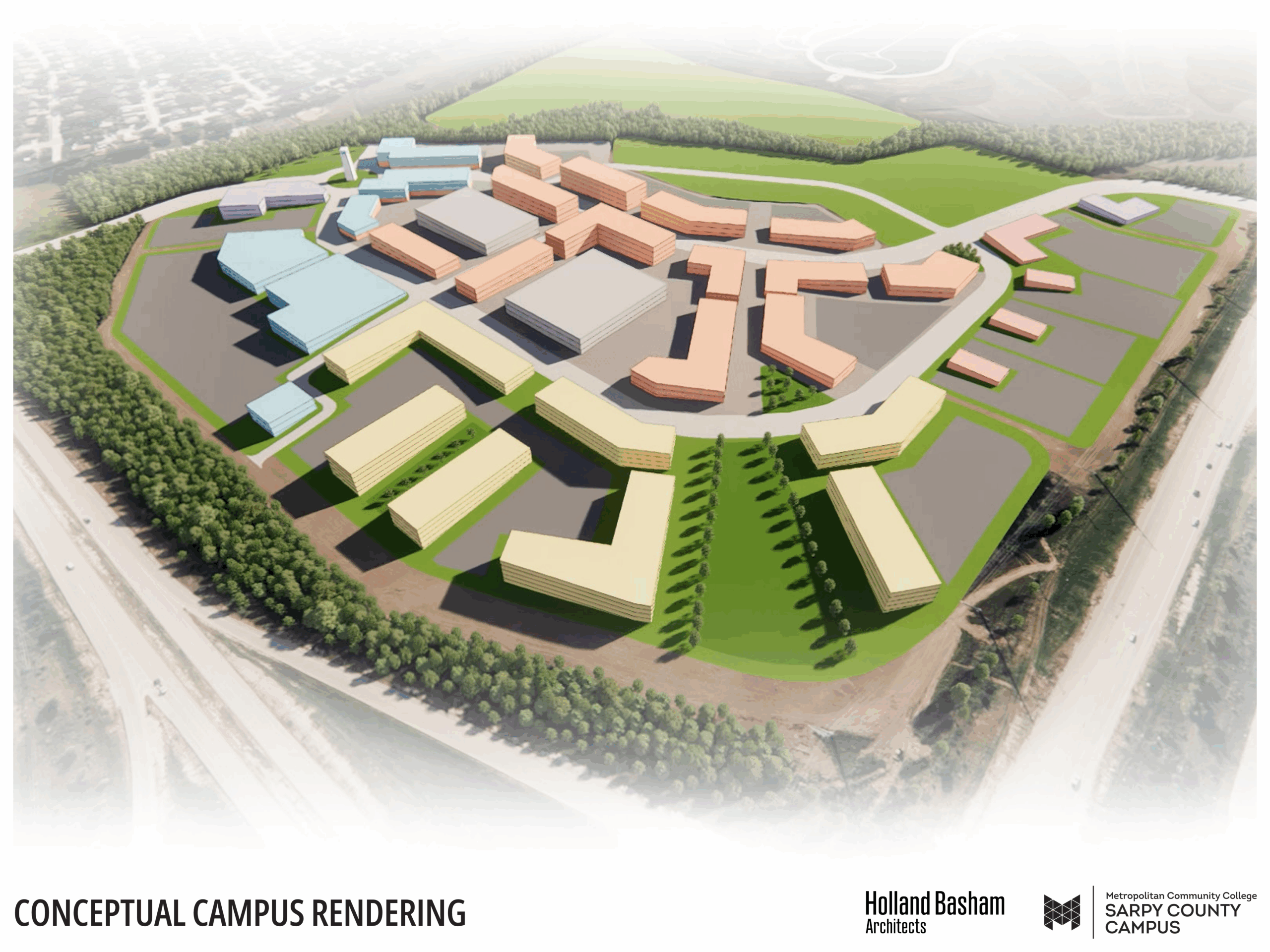This is the fourth of a multi-part series authored by The Startup Collaborative cofounding team: The Death (or Evolution) of Startup Accelerators and Incubators as We Know Them!
__
Would you build a house before you knew how many bedrooms you needed? Would you buy a car without first deciding if you were in the market for a coupe or an SUV? Would you order something at a restaurant before looking at the menu?
Not likely!
Ok, those were easy. Time to think like a sophisticated, truly lean entrepreneur. Would you build a software solution before you knew what your customers were willing to purchase? Obviously not. Yet time after time we see it firsthand.
MVP stands for minimally viable prototype, and it’s what every entrepreneur should sell before committing a line of code.
Take the time to get it right. Enthusiasm and interest – especially early on – is often channeled into building.
Remember this…
It takes hours to define it.
It takes days to design it.
It takes weeks to build it.
Building is without a doubt the most satisfying piece. You’ll have a tangible thing to share and showcase. You’ll get to tell your friends that you’re a startup founder! “Take a look at this thing I built!” The allure to have a product website is strong. So, so strong.
If you build it first, you’ll likely have to go back over that process again because the chance that you got it exactly right the first time is rare. That’s more hours, more days, and more weeks. That’s more cash or more time spent to redo something a second or third time. Early on, your time and money is best spent figuring out what your customers are willing to pay for.
There are two paths to entrepreneurship. You can build a product/solution, and then find a market for it (that’s hard!) or you can study a market, identify problems, and then build something specific that solves an existing pain-point (that’s slightly less hard!). We’re big believers in the second
We’re big believers in the second pathway, and have developed an easy peasy on-ramp to get you from concept to prototype-ready in 30 days or less. No more excuses that the initial discovery effort is too hard, too complicated, and too time consuming. Sumeet Jain is the adjunct for our LEVEL 4 // MVP work session. He’s a deep thinking technologist that will ask tough questions and challenge your assumptions on an MVP. Lo-fi, off the shelf, existing tools. That’s where we start.
So many entrepreneurs walk into the broader ecosystem with an envisioned solution, or worse, a fully formed product. They’ve made an investment (either time or money or BOTH) into something without truly knowing if a single customer will buy it. They’ve sought – and received – zero feedback.
No checks and balances. No iterative design based on customer feedback and insight. No f***ing clue what to build. 100% entrepreneur hubris. Strong statements, I know!
Steve Jobs, perhaps the most famous entrepreneur, poisoned the well and set a false standard. “Your customers don’t know what they want.” That’s almost never true. Yet that thesis has bled into many an entrepreneurs heads. “I know best” is a dangerous mantra.

When you first build an MVP you are acknowledging that you don’t yet know everything about your customer needs. Sure, you’re somewhat right – based on intuition and a couple rounds of discovery interviews. The earlier you can achieve product-market fit (translation: understand what a customer is willing to purchase) the smarter you are. There are a handful of startups in the Midwest that bum-rushed into product building, and have yet to achieve product-market fit. They keep churning, they keep spending. The noose gets tighter every month. It doesn’t have to be that way.
Get passionate about your solution once you’ve proven there’s a market for it. Don’t hide behind the proposed product, especially if no customer will. Speak the language of your buyer (which you’ll have mastered in LEVEL 3 // Messaging). Sell the sh*t out of that wireframe. If your customer says “Come back after it’s built,” then you aren’t effective in your pitch or they are too polite to say “No.”
Laziness gets in the way of so many things. A lazy entrepreneur will wait to sell his/her product until after it’s built. A lazy customer will insist on a final product before taking a demo.
Sales is about conveying value. It’s not about showcasing product features. If you can’t sell it off paper, you’re not likely to sell it once it’s been built. A simple test to prepare you for what’s ahead: Can you make a sale off paper. It’s going to require mad sales skills, and most importantly, a keen understanding of the problem/pain point. Test yourself. Anticipate plenty of roadblocks, lots of “No’s,” and an overall reluctance of getting face time with customers. This is a perfect preview into what it takes to be an entrepreneur.
__
No strangers to the venture space, this co-founding pair has both dealt with divvying out funds and receiving venture capital. Having what they would describe as extremely good role coverage, they have aligned the broader community to their ambitious goals for the startup region. Enjoy their radical vision for our region’s innovation economy!
NATHAN PREHEIM
A serial entrepreneur in every way, Nathan can’t help but concept new companies. Thankfully, he has become quite attuned to taking a concept through validation and eventually into scale. His experience in creating more than half a dozen companies led to the creation of The Startup Collaborative’s unique approach to company building.
Prior to The Startup Collaborative, Nathan is best known for co-founding MindMixer, a civic engagement startup that quickly scaled from 0 customers to nearly 1,000 in just two years. Eventually employing more than 75 employees across the Midwest.
Ironically, Nathan brought maturity and structure to wild-west style startups across the Silicon Valley, Silicon Beach and now back at Silicon Prairie.
A San Francisco expat, Creighton and UNO graduate and now Midwest community leader, Nathan is a fixture on the startup scene.
ERICA WASSINGER
Before launching The Startup Collaborative, Erica co-founded Omaha Startup Collaborative.
Best known for creating the elusive sense of density within the Omaha startup market, OSC quickly became home to more than 70 area startups and tech companies. Within just 18 months, OSC had been connected to the creation of a few hundred jobs, millions in venture funding and the inspiration of thousands of current and potential entrepreneurs.
Erica’s entrepreneurial insights have been quoted in publications like Forbes, Inc. Magazine and even on NPR.
Boomeranging back to Nebraska from Dallas where she worked with top civic leaders on pivotal public-private partnerships to change the trajectory of the city. Previously, Erica worked with a handpicked group of growth-seeking clients spanning the marketing, technology and startup companies.





